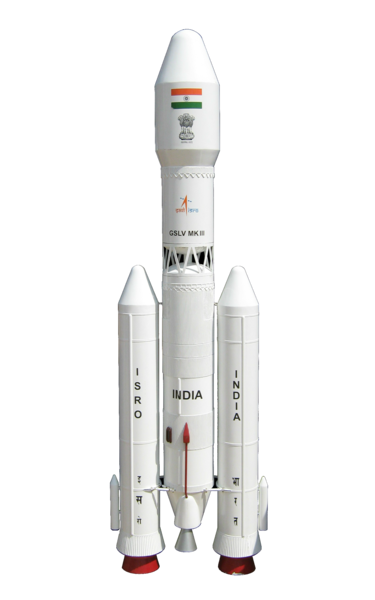- Joined
- Apr 29, 2015
- Messages
- 18,416
- Likes
- 56,946
Space age: ISRO's very human test
December 18th, 2016
What if a rocket carrying India’s Vyomanauts explodes just after launch? Our scientists are readying a ‘quick exit’.
 The scientists intend to develop an autonomous orbital vehicle (a spaceship) to transport a two-member crew to orbit and return to Earth after a few orbits.
The scientists intend to develop an autonomous orbital vehicle (a spaceship) to transport a two-member crew to orbit and return to Earth after a few orbits.
December 18th, 2016
What if a rocket carrying India’s Vyomanauts explodes just after launch? Our scientists are readying a ‘quick exit’.

It’s not often that Indian space scientists chuck out precious cargo from their rockets, but will try their hand at it soon, albeit in the name of safety. Safety? Certainly, of the crew, when the space agency gets a formal go-ahead from the government for the departure of two Indians on a journey into Space onboard an Indian rocket. An upcoming test will demonstrate how the crew could bailout safely in case a snag threatens to spell a disastrous end, just minutes after the rocket zooms from the Sriharikota range — the country’s spaceport near Chennai. “We are getting ready for the pad abort test. It will happen soon,” says A.S. Kiran Kumar, Chairman, Isro. Simply put, the test flight will show how fast the crew could punch out from the rocket in the event of an emergency, thus avoiding a repetition of the disaster which wrecked US space shuttle Columbia, and resulted in the death of seven crew members including mission specialist Kalpana Chawla.
Simultaneously, Indian Space scientists are getting their act together for this ambitious mission, designing space suits, an environmental control and life support system on board the spacecraft, and a host of other critical systems needed for a safe journey of Vyomanauts. All these systems and their tests will be completed before GSLV-III, the most powerful rocket designed by India, is “human-rated” or declared safe for a journey into Space by Indians. Current projections indicate the first journey of Indians onboard an indigenous rocket and from India soil could be in 2020-21.
Incidentally, all these critical systems and their tests are being accomplished with an infinitesimal part of the Rs 12,500 crore allocation sought by ISRO for the human spaceflight (HSF) programme. Reason: the government has maintained that it is not an “approved programme” and therefore, a small amount of about Rs 100 crore has been sanctioned for pre-project studies. Indian Space scientists, who made history by reaching Mars in their first attempt, however, have lost the race to China in the launch of manned space flights. China has had two manned flights since 2013, and is inching towards a permanent space station by 2022. China, however, started way early, launching its manned space programme in 1992. It also plans to launch its maiden Mars mission in 2020 to match India and other nations.
Indian Space scientists are confident of a go-ahead by the government, along with the budget support, but are wary of critics who often pose questions on big-ticket outings into Space at a time when the country has not solved poverty and hunger. These critics carped about the Rs 450 crore spent on the Mars mission until the Prime Minister revealed how it had cost less than Rs 7 per kilometre to reach the Red Planet.
These scientists argue that the humans Space flight programme is not another catch-up effort but to develop technologies and systems for future expeditions. Besides, the technological spin-offs could help the country leapfrog in a wide spectrum of sectors—from communications to medicine. In short, these scientists intend to develop a fully-autonomous three-ton orbital vehicle (a spaceship) to transport a two-member crew to orbit and return to Earth after a few orbits to two days. The extendable version of the spaceship will allow flights up to seven days, rendezvous and docking capability with space stations.
ISRO would receive assistance in crew selection and training from Russia under an agreement signed in March 2008. One option was a flight of an Indian onboard a Soyuz capsule in the run-up to an Indian mission, but that was dropped. The process of crew selection, too, awaits a nod from the government with the space agency likely to bank of the Indian Air Force and the Institute of Aerospace Medicine, Bengaluru, to pick potential candidates. Irrespective of whether this wait gets longer on not, Indian Space scientists are spending long hours to be mission-ready with all technologies being developed on home soil.






